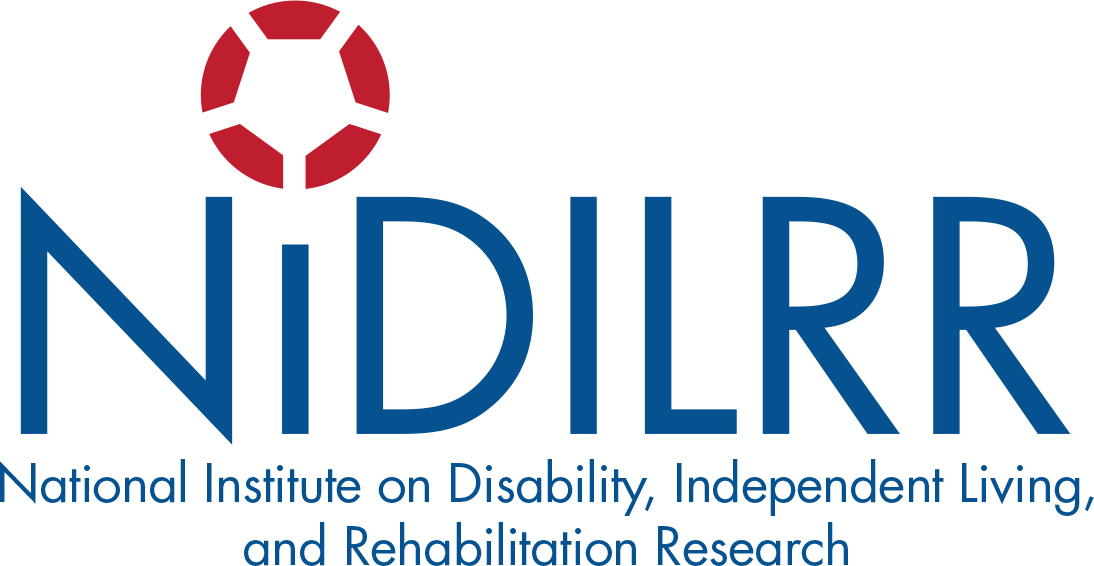Symptoms:
|
|
|
|
|
|
|
|
|
|
|
|
Medications commonly used for elevated BP are:
- Nitroglycerine Paste. Apply 1-2 inches to skin q2hrs above the level of injury. May wipe off if BP stable and reapply if needed.
- Nifedipine 10 mg capsule (immediate release form). May repeat once in 20-30 minutes if needed. Avoid sublingual which can cause abrupt hypotension.
- IV Antihypertensives. These are secondary agents to be utilized in a monitored setting.
Follow acute examination tree to eliminate any noxious stimuli below level of injury. If possible, add local anesthesia to noxious stimuli prior to removal to prevent exacerbation of AD. A drop in blood pressure will occur with the removal of the stimuli. Seizures, stroke, or death may occur if stimuli are not immediately removed.
- Sit patient up and take blood pressure in both arms (repeat blood pressure every 3 minutes and between steps.)
- Important Note: Normal systolic BP for an individual with an SCI above T6 can be in the 90-110mm Hg range.
- If blood pressure significantly elevated, give medications as indicated. Use an antihypertensive with rapid onset and short duration while the causes of AD are being investigate
- Look for Noxious Stimuli below level of injury
Check Bladder for Distention
- Catheterize bladder using 2% lidocaine jelly. If indwelling catheter already in place, inspect for kinks, folds, constrictions, or obstructions. Irrigate or replace the catheter to insure patency – RELIEF? – collect U/A and C/S (irritation may be due to infection). Assess for any urologic obstruction such as kidney or bladder stones
Check Bowel
- Anesthetize lower bowel using Lidocaine jelly 2% (wait 5 minutes) prior to checking for impaction. Remove impaction and recheck blood pressure – RELIEF?
- Evaluate for high impaction.
Check Skin
- Remove constricting clothing – RELIEF?
- Examine for pressure ulcers – Does repositioning lower blood pressure?
- Examine for insect bites, burns, abrasions, cuts, penetrating objects – Treat – RELIEF?
- Examine seat cushion and wheelchair for sharp or hard objects
- Evaluate environmental temperature – Do symptoms change as environmental and patient’s temperature change?
- Evaluate recent surgical sites – Treat symptoms – RELIEF?
- Observe for ingrown toenails – Anesthetize, debride, treat for infection – RELIEF?
Evaluate for Gastrocolic Irritation
- Tube feeding given recently?
- Too rapid? – Treat – RELIEF?
- Too cold? – Treat – RELIEF?
- Too large a volume? – Treat – RELIEF?
Gender Specific
- Male
- Genitalia pinched? – Correct – RELIEF?
- Condom catheter too tight? – Remove catheter – RELIEF?
- Reflexogenic erection? – Remove condom catheter and clothing – RELIEF?
- Female
- Menstrual cramping? – Treat – RELIEF?
- Intrauterine devices? – Treat – Evaluate follow-up
- Vaginitis? – Treat symptoms and infection
Miscellaneous - fractures, joint subluxation, retroperitoneal or intramuscular hematoma, pneumonia, venous thrombo-embolism, abdominal pathology such as infection, obstructions
Notes:
- Treat symptomatic hypotension by laying down the individual and elevating the legs.
- Monitor symptoms and BP for at least 2 hrs after the resolution of an AD episode.
- Admit the patient if response to treatment is poor or cause has not been identified. AD can lead to seizures, stroke, or death.
Autonomic Dysreflexia Poster (PDF)
This poster is intended for use in clinics and emergency rooms. It lists symptoms and offers an examination treatment tree.
Acute Management of Autonomic Dysreflexia (PDF)
Clinical Practice Guideline published by the Paralyzed Veterans of America and the Consortium for Spinal Cord Medicine.
Latest Approaches for the Treatment of Spasticity and Autonomic Dysreflexia in Chronic Spinal Cord Injury
Free article. Neurotherapeutics. 2011 April; 8(2): 274–282. Published online 2011 March 8.
